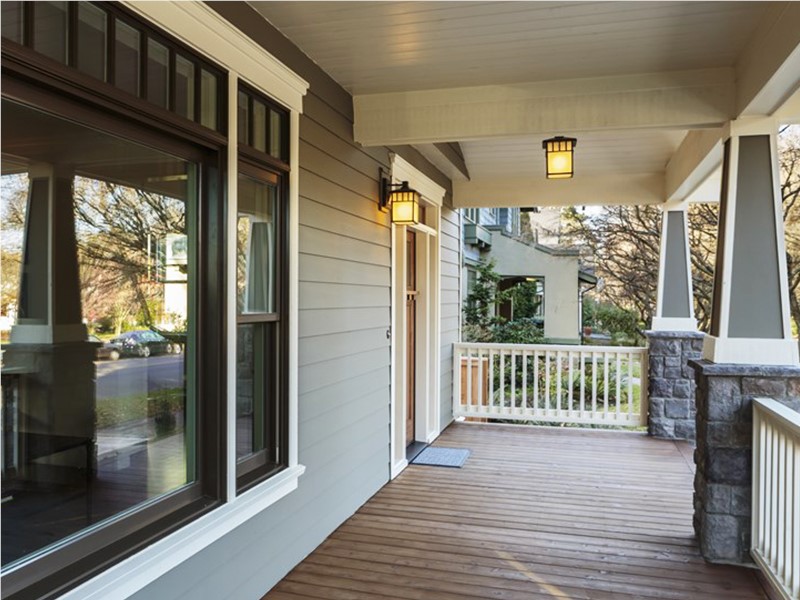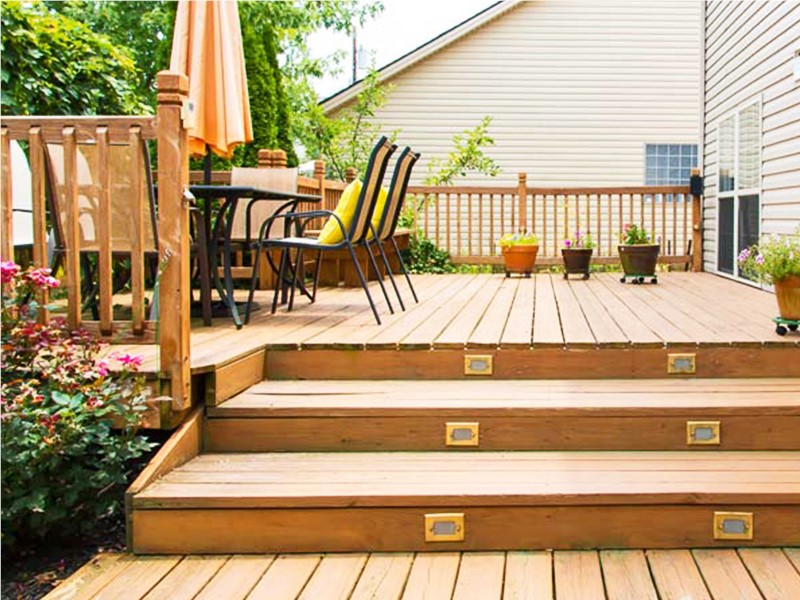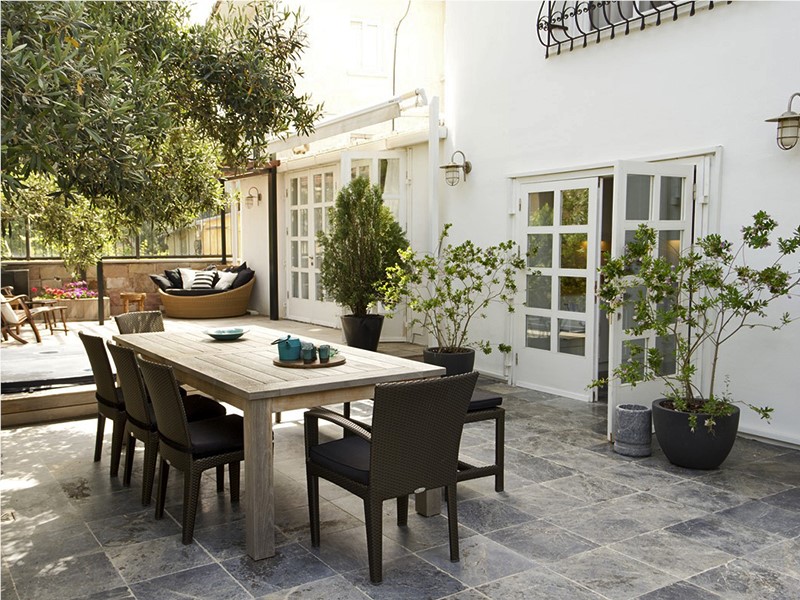What should and what should not be sealed on siding?
Sealing surface gaps, cracks, holes and other imperfections is necessary to protect and reduce deterioration of siding. The following tips list what areas should and what should not be caulked on exterior siding.
Areas that should be sealed:
- Caulk corners, edges, under ledges
- Caulk gaps, cracks, failed knots
- Trim boards and joints
- Around wood windows
- Around garage door trim
- Where two pieces of siding meet (butt-joints)
NOTE: Sealing butt-joints all depend on several factors, such as the siding manufacturer, siding type and installation technique. For example, wood siding (cedar boards) naturally expand and contract with seasonal changes and require movement. Fiber cement board siding (James Hardie) should be caulked only when no metal flashing behind them was installed. However, each case is different and may depend on other factors; this is why we strongly recommend you contact an expert siding contractor before you begin to seal siding boards.
Areas that should NOT be sealed:
- Trim boards that sit on top of siding
- Window weep holes
- Bottom of boards
- Metal joints
- Siding nails
- Horizontal joints
- Garage door panels
NOTE: Before caulking your siding, make sure to carefully read the manufacturer’s recommendations for both caulk and materials.
This is a wearisome project, for all your exterior remodeling needs – call us and we will help you keep your home in tip-top shape!
Subscribe to Pro Home 1's Blog









Comments